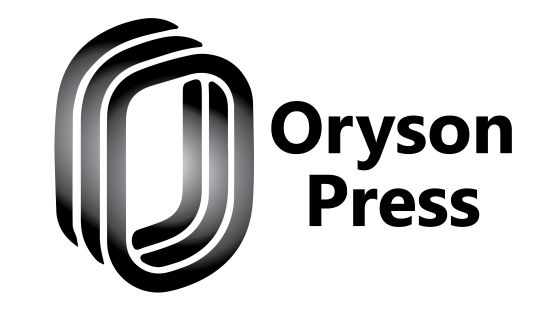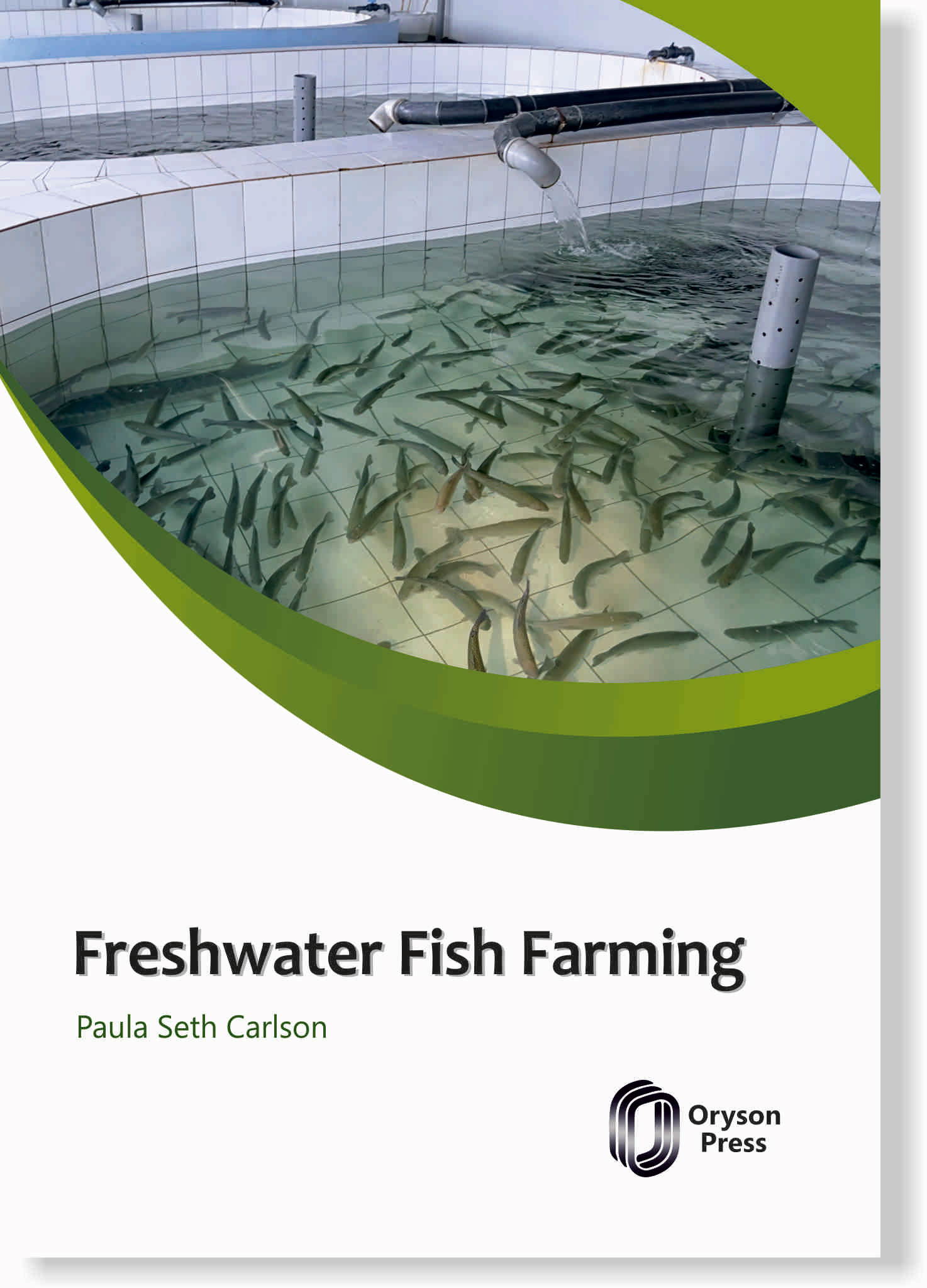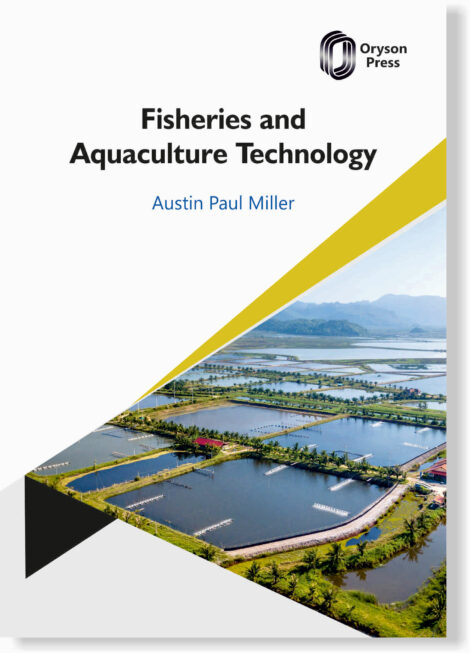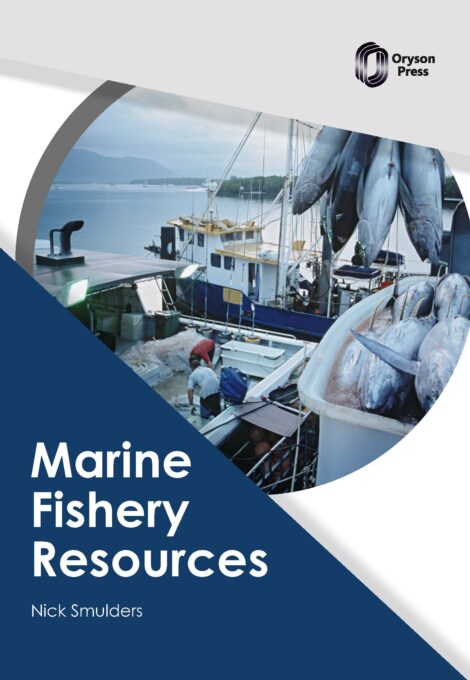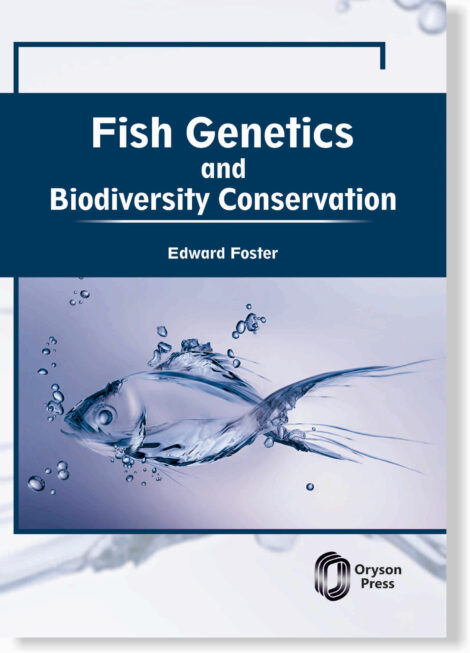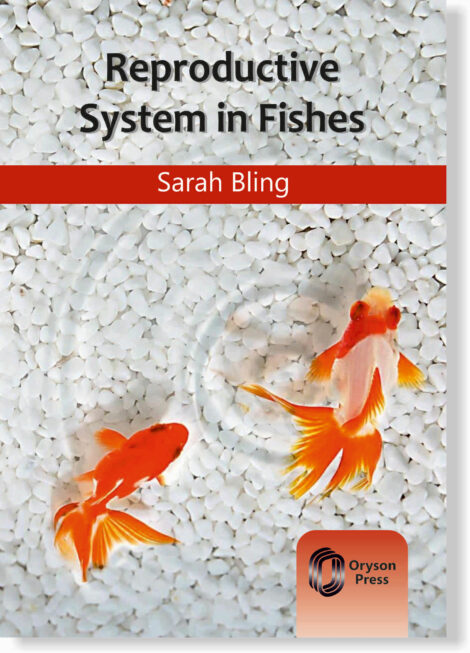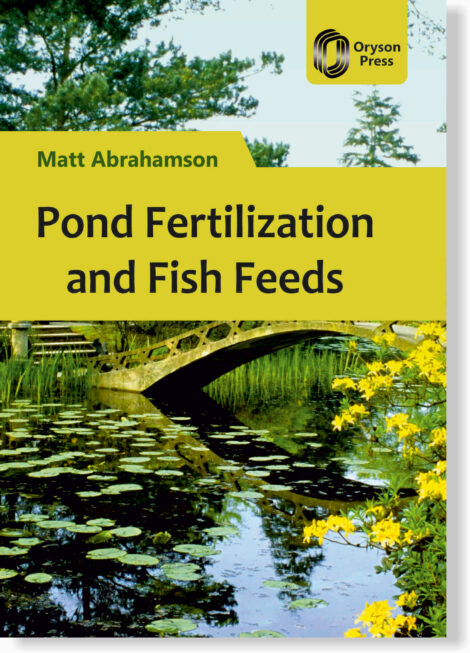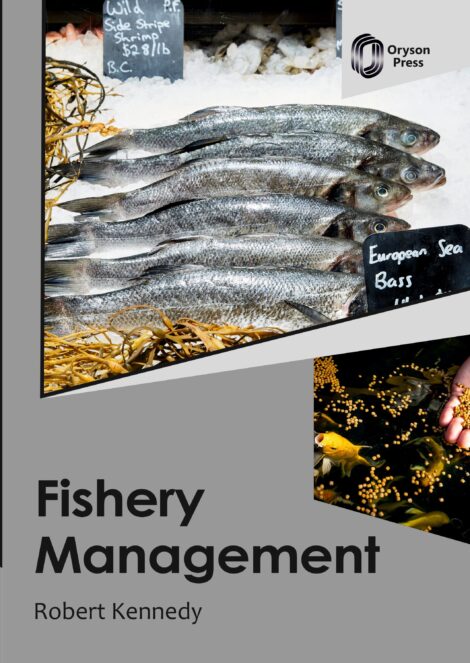Freshwater Fish Farming
Paula Seth Carlson
$149.99
ISBN: 9798887150604
eISBN: 9798887151847
Pages: 344
Binding: Hardcover
Language: English
Description
Fish farming is the principal form of aquaculture. Fish farming involves raising fish commercially in tanks or enclosures, usually for food. A facility that releases juvenile fish into the wild for recreational fishing or to supplement a species’ natural numbers is called a fish hatchery. Worldwide, the most important fish species used in fish farming are carp, salmon, tilapia and catfish. There is an increasing demand for fish and fish protein, which has resulted in widespread overshing in wild fisheries. The global returns for fish farming recorded by the FAO in 2008 totalled 33.8 million tonnes worth about $US 60 billion. Limiting for growth here is the available food supply by natural sources, commonly zooplankton feeding on pelagic algae or benthic animal; such as crustaceans and molluscs. Tilapia species filter feed directly on phytoplankton, which makes higher production possible. The photosynthetic production can be increased by fertilizing the pond water with artificial fertilizer mixtures, such as potash, phosphorus, nitrogen and micro-elements. Another issue is the risk of algal blooms. When temperatures, nutrient supply and available sunlight are optimal for algal growth, algae multiply their biomass at an exponential rate, eventually leading to an exhaustion of available nutrients and eventually die off. The present book is a concise and up-to-date work including all aspects of this subject.
Additional information
| Author | Paula Seth Carlson |
|---|---|
| ISBN | 9798887150604 |
| Year of Publication | 2023 |
